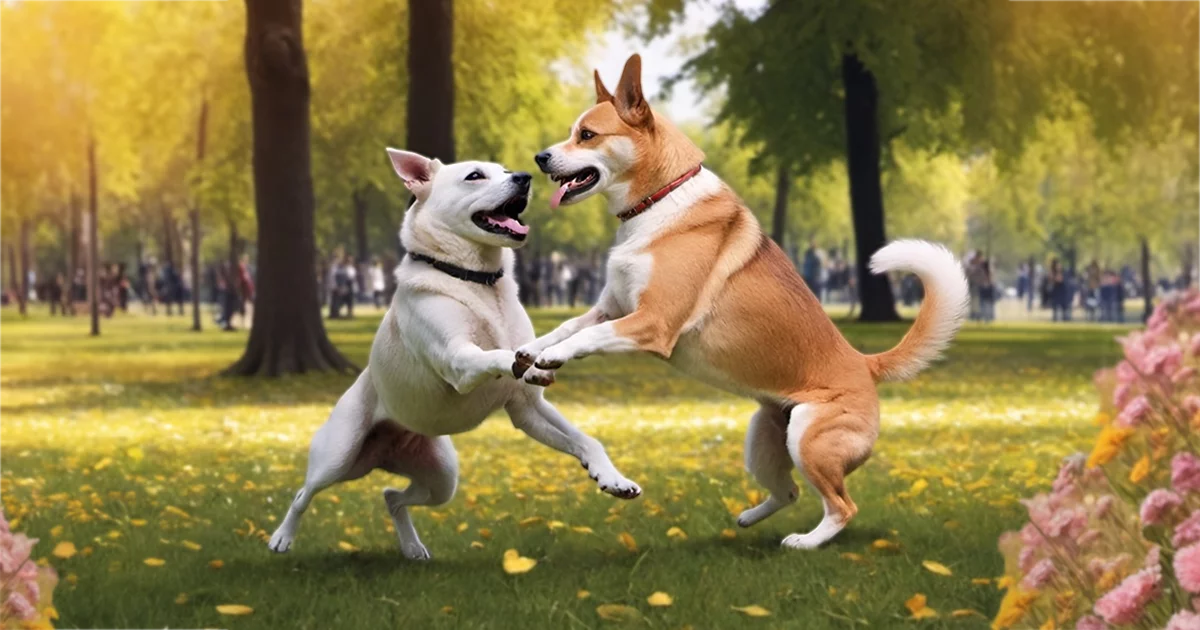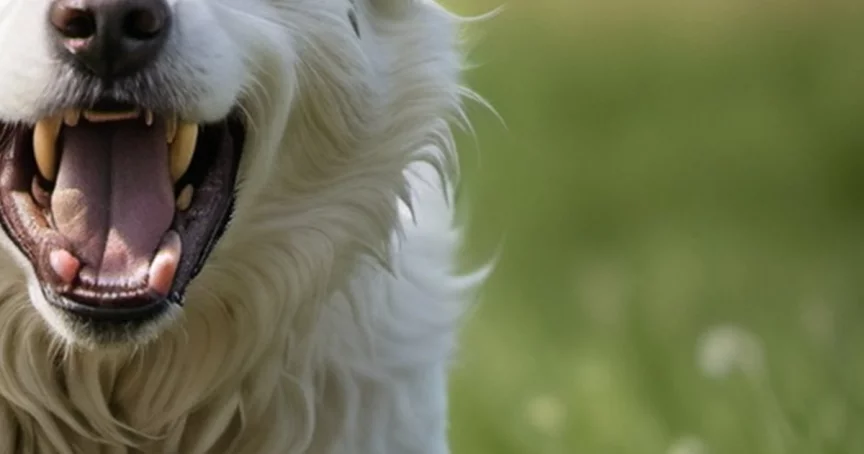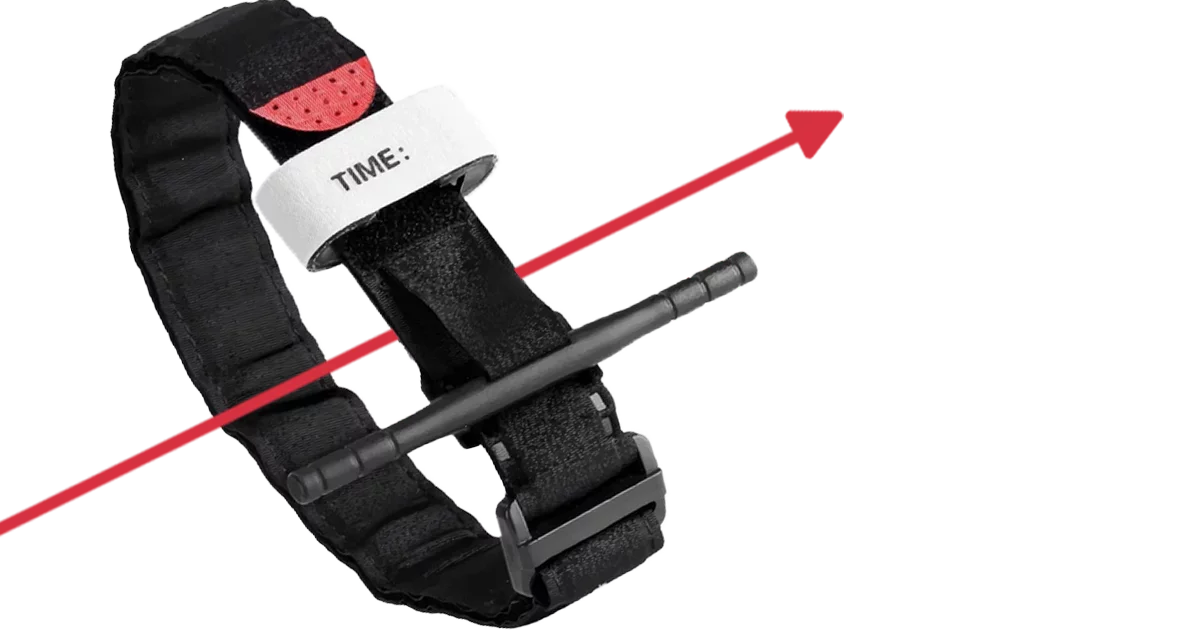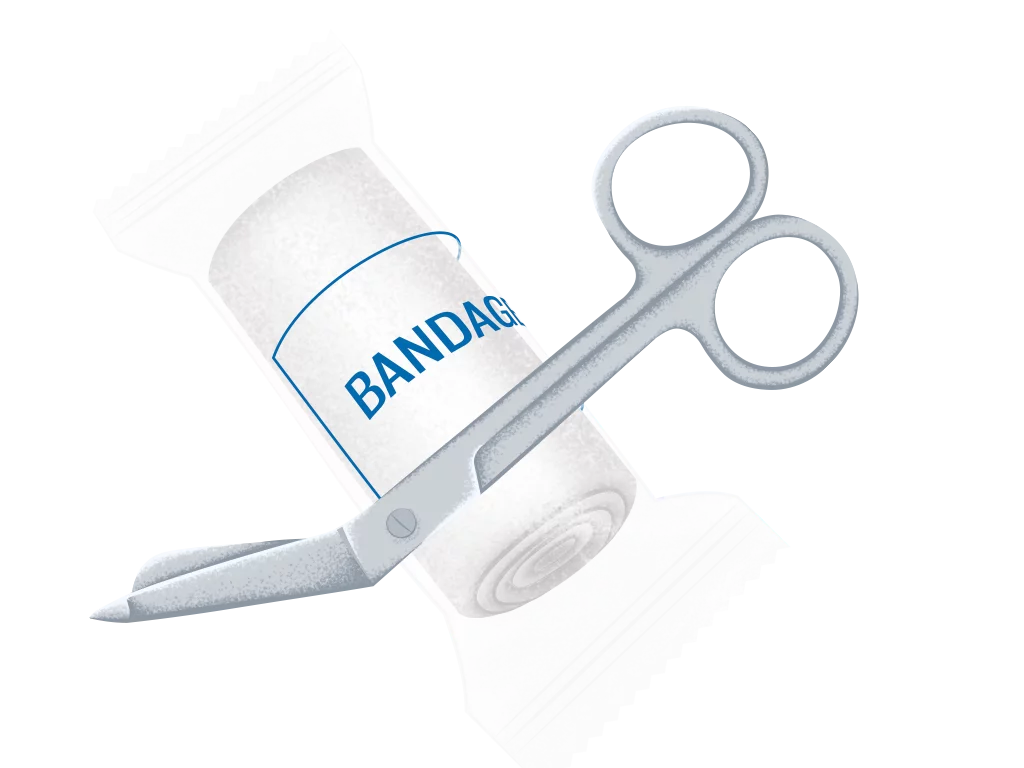august 11th, 2024
Dog bite
An unusual dog encounter in the park resulting in a deep bite.
History
An unusual canine encounter
Marie, a dynamic 35-year-old woman, loves spending time in the park with her dog Max. On a sunny day, she decides to take Max for a walk. As they cross a playground, another dog without a lead emerges from a bush, attacking Max.
Trying to protect her dog, Marie intervenes and receives a severe bite to the leg. The pain was instantaneous and intense. Marie fell to the ground. Her screams quickly attracted the attention of a nearby walker.
Seeing the seriousness of the situation, Jean, a 40-year-old man trained in first aid, rushed to Marie's assistance. Without wasting any time, he began to assess the wound. He noticed that the bite was deep and bleeding profusely. Jean, remaining calm, spoke softly to Marie to reassure her. He asks her to stay still while he takes a first aid kit out of his rucksack.

Jean puts on sterile gloves and applies direct pressure to the wound with a compress (also sterile) to control the bleeding. Meanwhile, he asks a passer-by to call the emergency services.
After a few minutes, the bleeding seemed to be under control. He then gently applied a clean bandage around the wound to maintain pressure and prevent any contamination. Talking calmly to her, Jean continues to watch over Marie, with the aim of keeping her conscious and alert until help arrives.
Thanks to Jean's rapid and effective intervention, the haemorrhage was brought under control and Marie was stabilised until the ambulance crew took over. She was taken to hospital where she received the additional care she needed to recover. Grateful to Jean for her speedy recovery, Marie was reminded of the crucial importance of first aid knowledge and the value of every gesture in an emergency situation.
En résumé
Marie's rapid recovery shows that Jean's help was decisive in controlling the haemorrhage and stabilising her condition following the bite.
This episode highlights the vital importance of knowing and following a specific protocol in the event of injury.

PROTOCOLE OF INTERVENTION
dog bite
By understanding the key steps in the protocol and putting them into practice, we can be better prepared to react quickly and correctly in the event of a similar emergency. So let's learn together the essential steps to take to provide optimum assistance in such situations.
1) EVALUATING THE SITUATION
Ensure the safety of the area by separating the dogs to prevent further attacks.
Assess the severity of the bite: depth and bleeding.
2) CONTROLLING THE HAEMORRHAGE
Apply direct pressure to the wound with a clean compress or cloth to control bleeding.
3) CLEAN AND PROTECT THE WOUND
Rinse the bite gently with clean water.
Cover the wound with a dressing or sterile compress.
4) MONITOR THE VICTIM
Look for signs of shock: paleness, sweating or weakness.
Reassure them until help arrives.
4) ASK FOR HELP IF NECESSARY
If the bite is serious, call 911 or go to hospital.
Make sure the victim receives the necessary vaccinations.

Associated first aid training
Advanced general public
In this course, you'll find the complete protocol and many other first aid manoeuvres aimed at the general public.
Click on the button below for full training details.
Serious injury
The critical haemorrhage
Although the previous procedure is essential, rapid blood loss can still be life-threatening. Direct pressure is sometimes not enough when a major artery in the leg is damaged.
Identifying and managing ( applying a tourniquet ) severe haemorrhage is therefore crucial to know.


POSITIONING
Between the heart and the wound. Above where the bleeding was heaviest.
APPLICATION OF PRESSURE
Prolonged, constant and sufficiently strong pressure to block the blood flow.
IMPROVISED / SPECIALISED EQUIPMENT
Wide fabric band / belt.
* The important thing is to ensure that the material used is wide enough to avoid damaging the underlying tissue, while still applying adequate pressure.
THE DANGER OF THE TOURNIQUET
Prolonged application of pressure can lead to necrosis of the tissue under the compressed area.
If signs of necrosis are detected: release the pressure while keeping the bleeding under control.
Importance of training
This fictional situation shows us that real knowledge in terms of first aid is essential during life-threatening events. Rapid and appropriate intervention can also significantly promote healing and recovery from a serious injury. Mastering the knowledge of a complete first aid course can be useful in many critical situations, and even in accidental everyday care.
Conclusion
Jean's knowledge and skills not only controlled the bleeding, but also stabilised Marie until professional help arrived. This situation reminds us that everyone can play a vital role in an emergency, and that simple but well-executed gestures can have a real impact when it comes to the lives of others.
First aid should be a skill that everyone should learn. By being prepared, we can protect ourselves, but also offer invaluable help to strangers in distress. It is therefore essential to promote first aid training in our communities and to remind ourselves every day that every gesture counts.
At the end of the day, there's no doubt that a modern society should equip its citizens to help others.
Let's learn, practise and share these skills to create a safer environment for everyone.
Written by Alexandre Grenier, Founder of Académie Saint-Bernard
Layout and revised by Roxanne Duchesneau, Graphic Designer
